Discover a Better Connection of You, Best Hiking Destinations

Mountains have long served a major role in people’s lives, providing water, food, and housing materials such as woods and rocks. Throughout history, mountains have also been an integral part of many of the world’s religions. From the ancient times of Japanese mythology to the present day, mountains have been important, and many have become spiritual spots. Many Japanese people want to visit the pilgrimage sites in Japan at least once in their lifetime. The following list is two of the three most sacred mountains in Japan, Mt.Tate, and Mt.Haku. The other one is Japan’s highest mountain, Fuji.
Characteristics of Female Salvation: Mt.Tate (Toyama Prefecture)
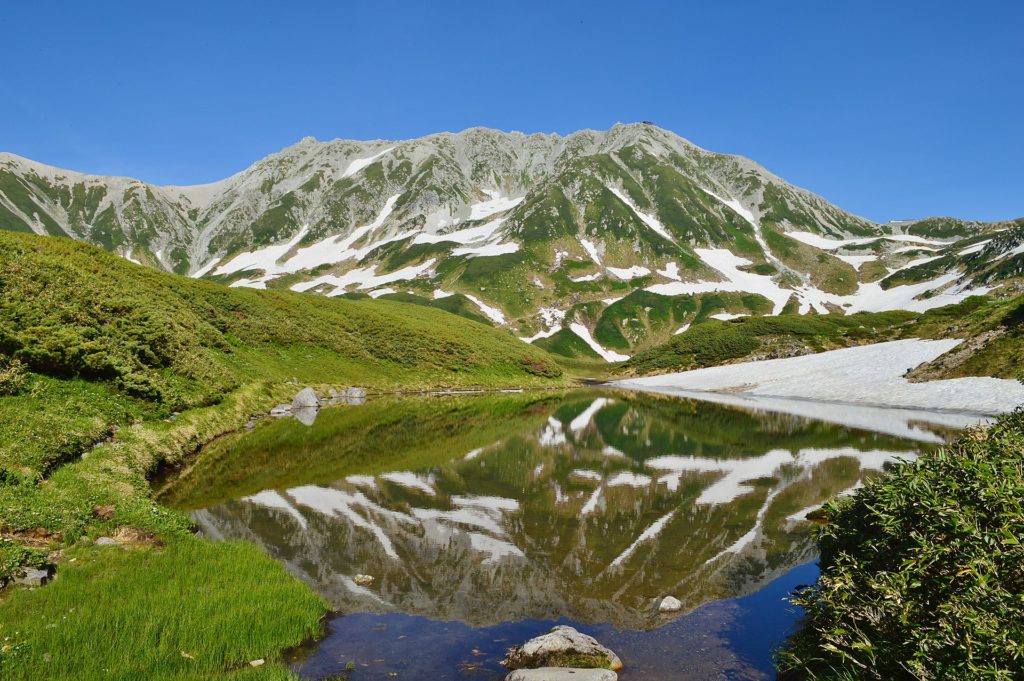
The most distinctive feature of Mt. Tate’s faith is the belief that women are naturally evil, and thus, women must need salvation. This is the belief of Ketsubonkyo. Buddhist literature says that women will fall into the blood pond of hell after death because women are said to be naturally defiled. In order for women to be cleansed, they must conduct Nunobashi Kanjoe, which is a ceremony for women who wish to go to heaven. This belief was widely followed not only by ordinary people, but also the royal wives of the Tokugawa family, which is a dynasty founded in the early part of the Edo period (1603-1868).
In the Nunobashi Kanjoe ceremony, women were dressed in white, blindfolded, and crossed a red bridge covered with a white cloth. Crossing this bridge signifies the border between the other world (heaven), and their real world (the village).
The nunobashi Kanjoe was held until 1872, when the ban on women was removed from Mt. Tate beliefs. People believed the purification ceremony was a way to heal the mind, and to experience the purification of oneself. They also prayed for a peaceful death and their rebirth in paradise. About 130 years afterwards, women now freely hike the mountains. In 1996, nunobashi Kanjoe was reestablished as a ritual. Currently, the ceremony is held once every three years.
According to the participants, wearing a blindfold deprives them of one of their five senses, which sharpens the rest of their four senses and gives them a sense of calmness. She says
It’s such a different sensory experience from my normal life…”
-1024x923.jpg)
Seven mysterious lakes & peaks covered with alpine plants: Mt. Haku (Ishikawa, Fukui and Gifu Prefectures)
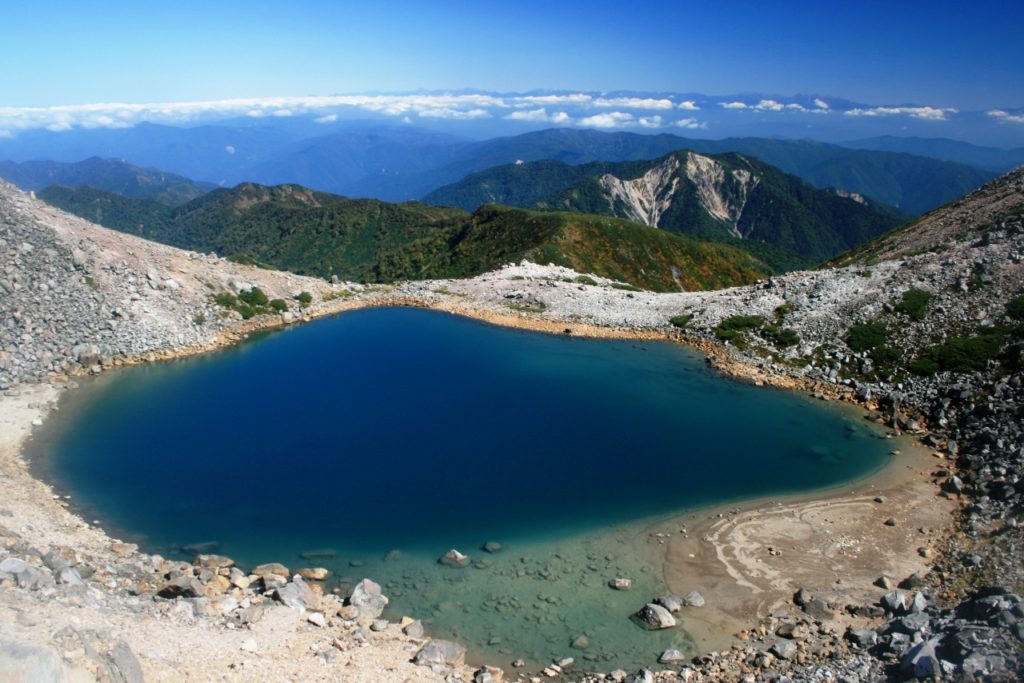
Mt. Haku, called Hakusan by the Japanese, is the collective name for a number of sacred Japanese mountains such as Gozenga-mine, Ōnanji-mine, Ken-ga-mine and Bessan. Mt. Haku means white mountain, as people have believed in and revered Mt. Haku as the place of the white gods. Some people climb the mountain to celebrate their birthday, exorcise bad luck, or to celebrate other milestones in their lives. It is a place where the process of death and rebirth takes place.
The summit is scattered with seven ponds, and the area around the ponds is filled with lovely alpine plants that bloom from season to season. The combination of the powerful mountain and the gentle alpine flora and ponds is a spectacular sight that can only be seen on this particular mountain in Japan. It is a great spot for photographers to enjoy taking pictures of nature.
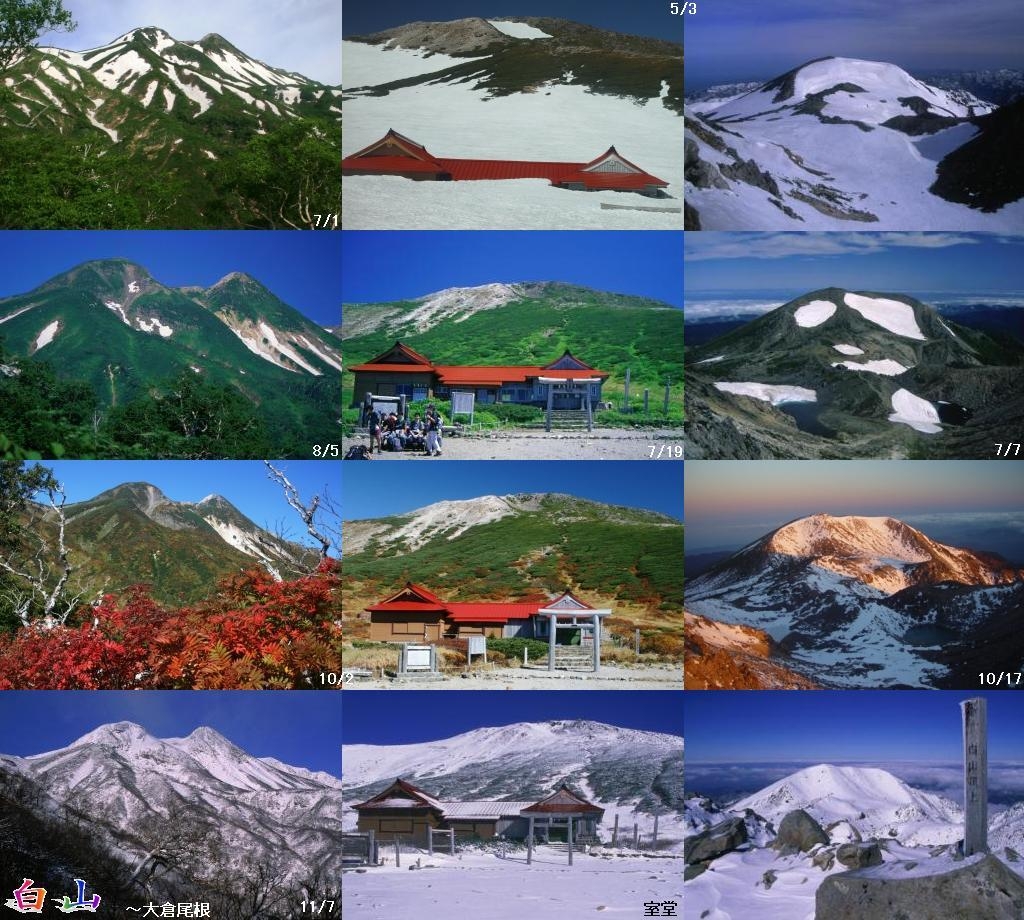
There are various climbing courses, ranging from trekking courses for beginners to traverse courses for advanced climbers. The appeal of Hakusan is that it can be accessed from a variety of places depending on your comfort level.

Tip for hiking alone… As a general rule, you should climb mountains at your own risk. We recommend informing family and friends before your hiking schedule and course. In general, try to leave early and arrive early, do not attempt to climb at night, as it is extremely dangerous.
Attach bells or other noise-making items to your gear for your protection of bears. Even if it is sunny, it can rain suddenly, so don’t forget your rain gear and pack warm clothing and the right equipment. Even in spring or autumn, conditions can be as dangerous as climbing in winter. There are no garbage cans in the mountains of Japan, so take your trash back home by yourself.

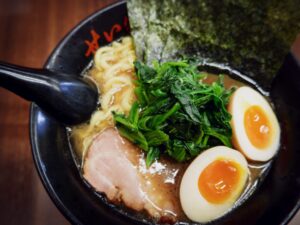
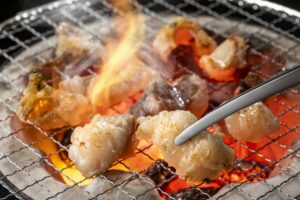


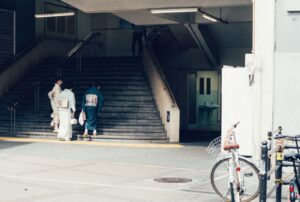

 Instagram
Instagram